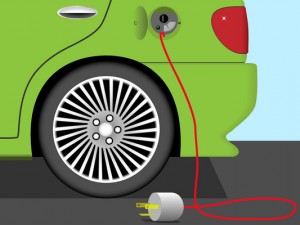 I’ve always been a fan of energy-efficiency (let alone, electric) vehicles. I’ve followed Tesla Motors for a while now and have been impressed by their innovative vehicles. They have unveiled what they call the Roadster 3.0 Package.
I’ve always been a fan of energy-efficiency (let alone, electric) vehicles. I’ve followed Tesla Motors for a while now and have been impressed by their innovative vehicles. They have unveiled what they call the Roadster 3.0 Package.
The Roadster 3.0 Package centers around three major upgrades to the vehicle. The first is, of course, a vastly improved battery pack. The original Roadster came to market with a 53 kWh lithium-ion battery pack, but advances in cell technology have allowed Tesla to produce a new cell with 31 percent greater capacity.
As a result, the new battery pack gives the Roadster 70 kWh in the exact same package size as the original. However, more potent lithium-ion cells are only part of the reason why Tesla can offer increased range with its Roadster 3.0.
The second ingredient to the recipe is improved aerodynamics, courtesy of a new aero kit that can be retrofitted to existing vehicles. Tesla claims that the aero kit reduces the drag coefficient from 0.36 to a more respectable 0.31, making for a 15 percent improvement. The third and final addition involves new tires that help to reduce rolling resistance by roughly 20 percent and, in turn, improve overall vehicle efficiency.
When all of these improvements are applied to the Roadster, Tesla says that the Roadster will witness a 40 to 50 percent increase in driving range. Elon Musk and his crew are confident that the upgrades will allow the Roadster 3.0 to travel over 400 miles on a charge and will demonstrate this capability in a non-stop trek from San Francisco to Los Angeles next month.
Tesla first introduced the first Roadster over six years ago and it went out of production over two years ago. And according to the company, the Roadster 3.0 package won’t be the end of the line for the aging chassis. Unfortunately, there is no word on pricing or when the package will be offered to Roadster customers. There was also no mention of whether Tesla would upgrade the Roadsters to support the nationwide Supercharger network. This seems like such an obvious upgrade for the Roadster, but the internal changes that would be necessary to make it compatible might not be possible without significant engineering and financial costs.
(Image Source: iCLIPART)

